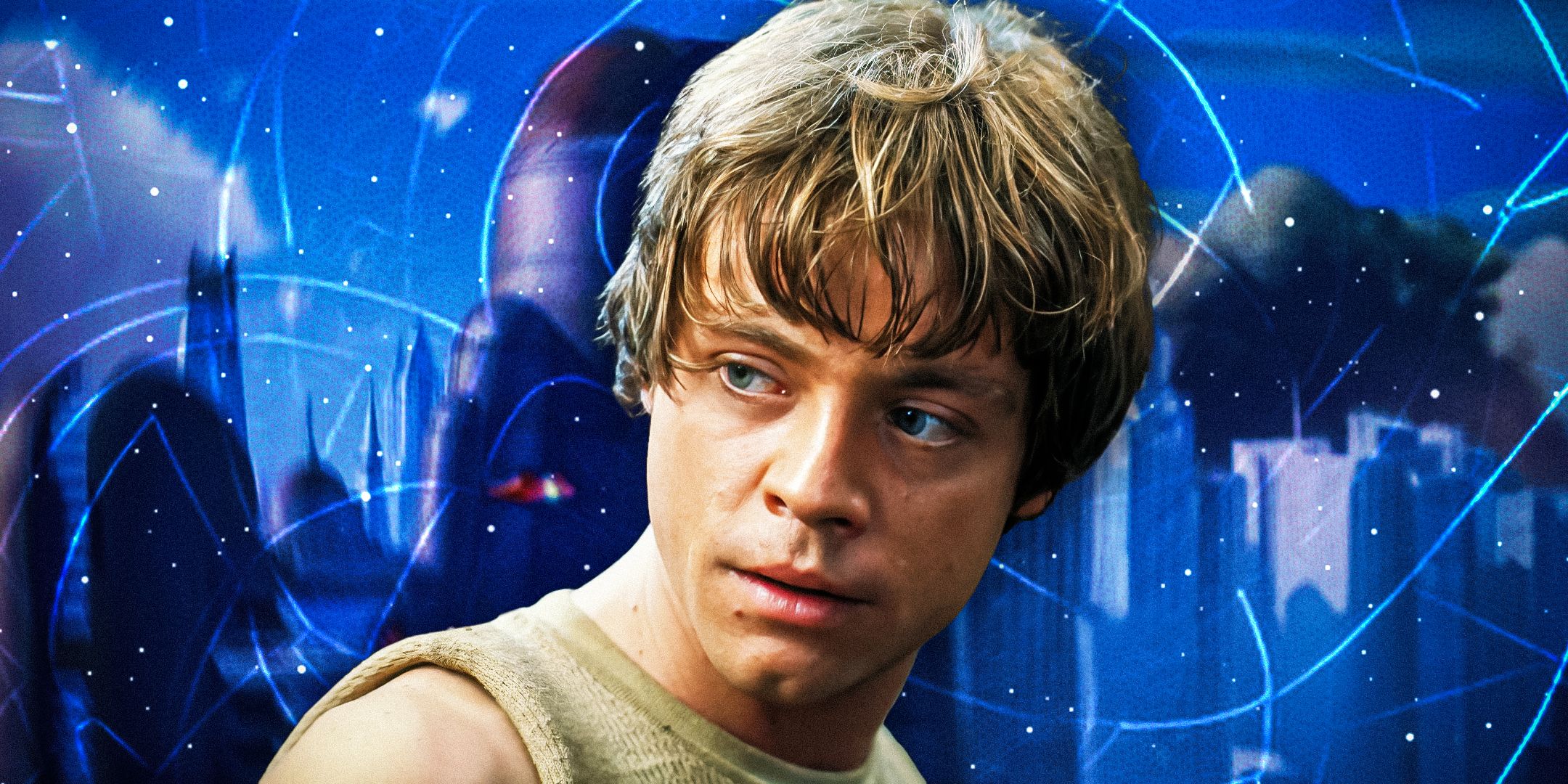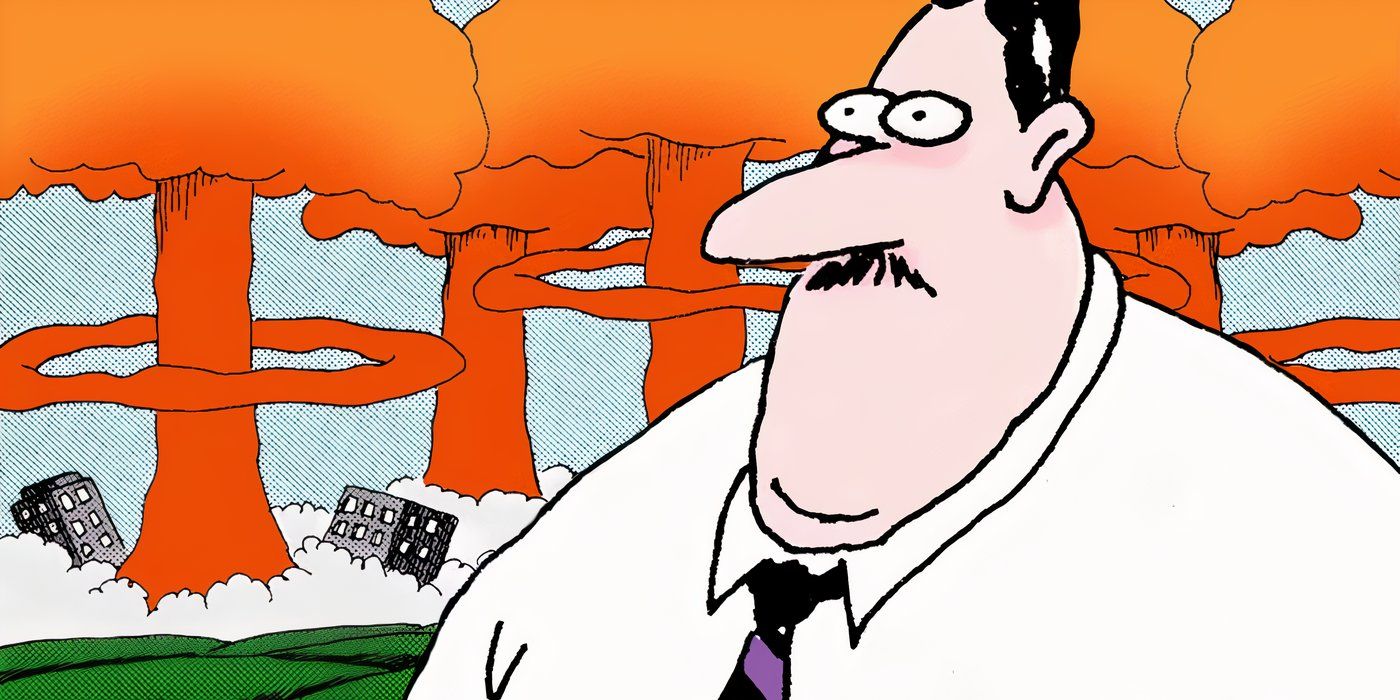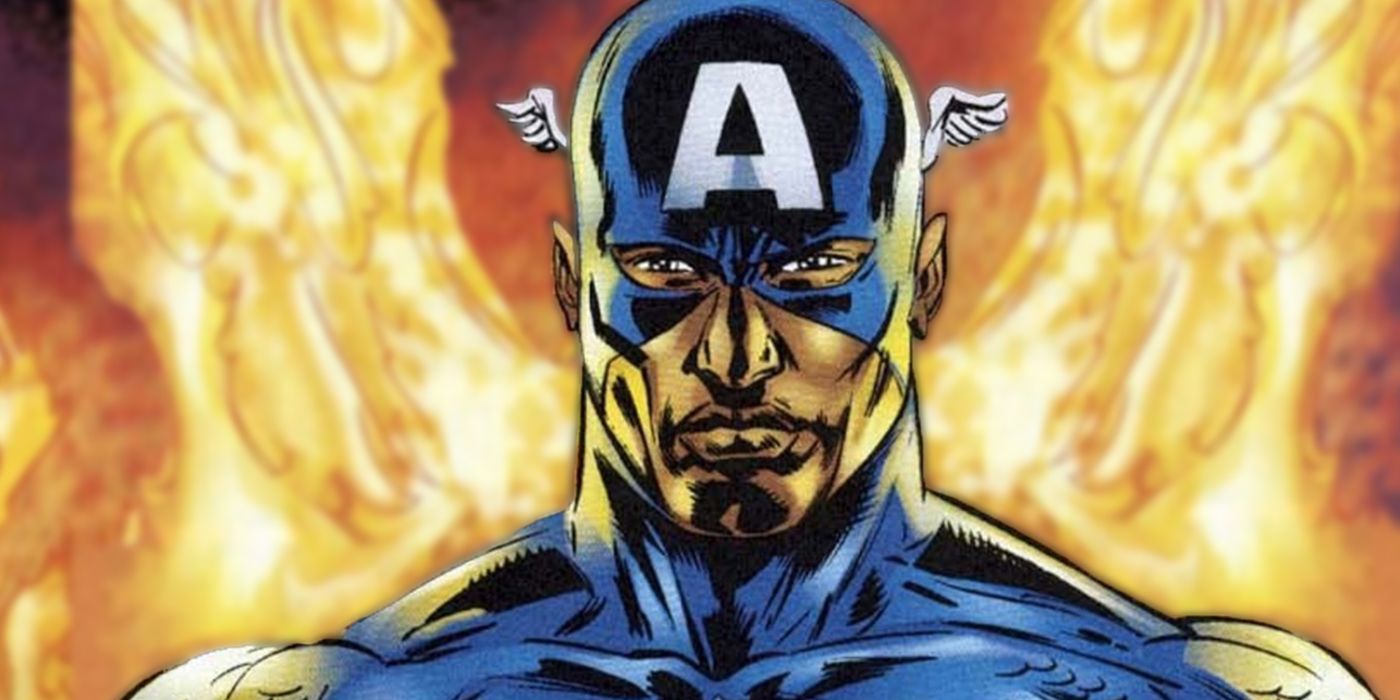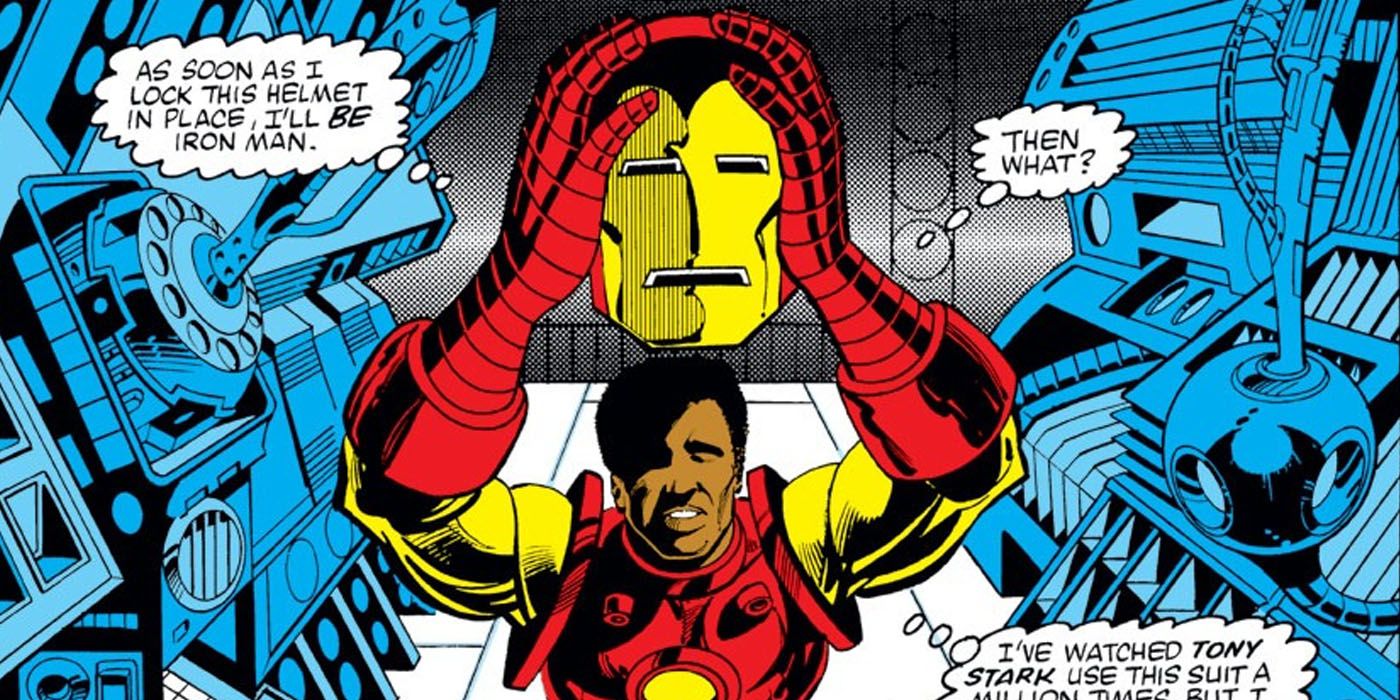Related
After many decennium , the comics ' industry is finally giving black superheroes their due - and character like Sam Wilson’sCaptain America , James Rhodes’War Machine , and Jon Stewart’sGreen Lanternare no longer subservient to their more - famous snowy opposite number . Steve Rogers , Tony Stark , Hal Jordan ( and Alan Scott before him ) were all perceptibly white ; demographic did n’t convert , so what did ? To do that question , one must wait at the writers of the books themselves , and realize that the creation of comic books is no longer throttle to one group of people .
During the Golden Age of Comics ( from the late 30s to the other 50 ) , the overwhelming majority of mirthful book writers and artist were livid ( and male ) . They made part like Superman , Batman and Captain America lily-white because they themselves were blank ; additionally , segregation was still in effect ( even for the United States military ) , and people were far from being believe adequate allot to practice of law and public view alike . It was n’t until 1966 that thefirst mainstream black superhero , Black Panther , would seem on comic covers - but if Black Panther found success , why did Sam Wilson and James Rhodes play the part of sidekick for so long ?
concern : Captain America May Have Just start up A United States - Wakanda War
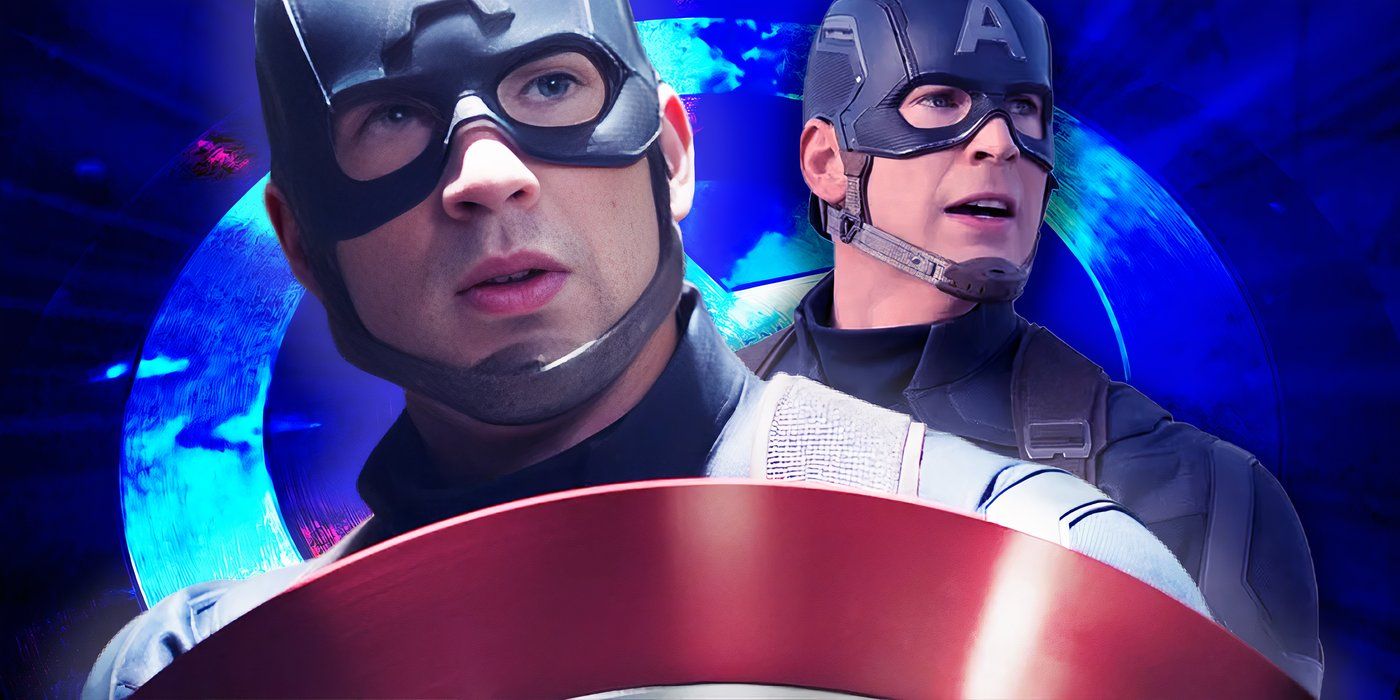
The 60s was a decennium of monumental societal modification in America , and comics reflected this ; for the first time , black characters were seen as everyday masses , and no longer seen as " other " ( at least in Marvel funnies ; DC notoriously took some time to catch up , and even in 1971 , Superman comics referred to black Kryptonians as a" … highly developed ignominious race"insinuating that this was the elision ) . Even so , the first mainstream shameful American superhero was n’t present until 1969 ( Sam Wilson , who would later become Captain America ) . Wilson and others were banish to sidekick position because the absolute majority of Marvel characters from the early Silver Age were already prove - but that did n’t stop part like Blade , Storm , James Rhodes and Luke Cage and more appear in the 70s . But Marvel and DC were not the only comic companies in town .
Black Superheroes Are No Longer Automatically Sidekicks
constitute in 1993 , Milestone Comics created a huge amount of black superheroes , many of whom are still somewhat popular today . Realizing that minority superheroes were lamentably underrepresented in comic strip , even after the 60s , the writers of Milestone created Rocket , Hardwave , Masquarade , Icon , Static ( of Static Shock fame ) and many more . The legacy of Milestone can be run across in Marvel and DC Comics in the mid 2010s , when companies finally realized the conceit of a black superhero buddy was outdated , and Sam Wilson and James Rhodes should have headline their franchise long ago .
It is no enigma that the cartoon strip diligence is dominated by Marvel and DC , with third - political party publishers chance very rare success . Milestone appeared at a time when Dark Horse and Image already assay to be the " alternative blow " option that catered to lector who did n’t want to be a part of the position quo ( a pop XC sentiment ) , and found little success by comparability . Butthe creators at Milestone Comicsknew then what Marvel and DC know now : shameful superheros were always subject of becoming mainstream heroes - and Sam Wilson ’s wildly popularCaptain Americaproves it , along with many others .
Next : Comic Calls Out How So Many Black Superheroes Have Electricity Powers
